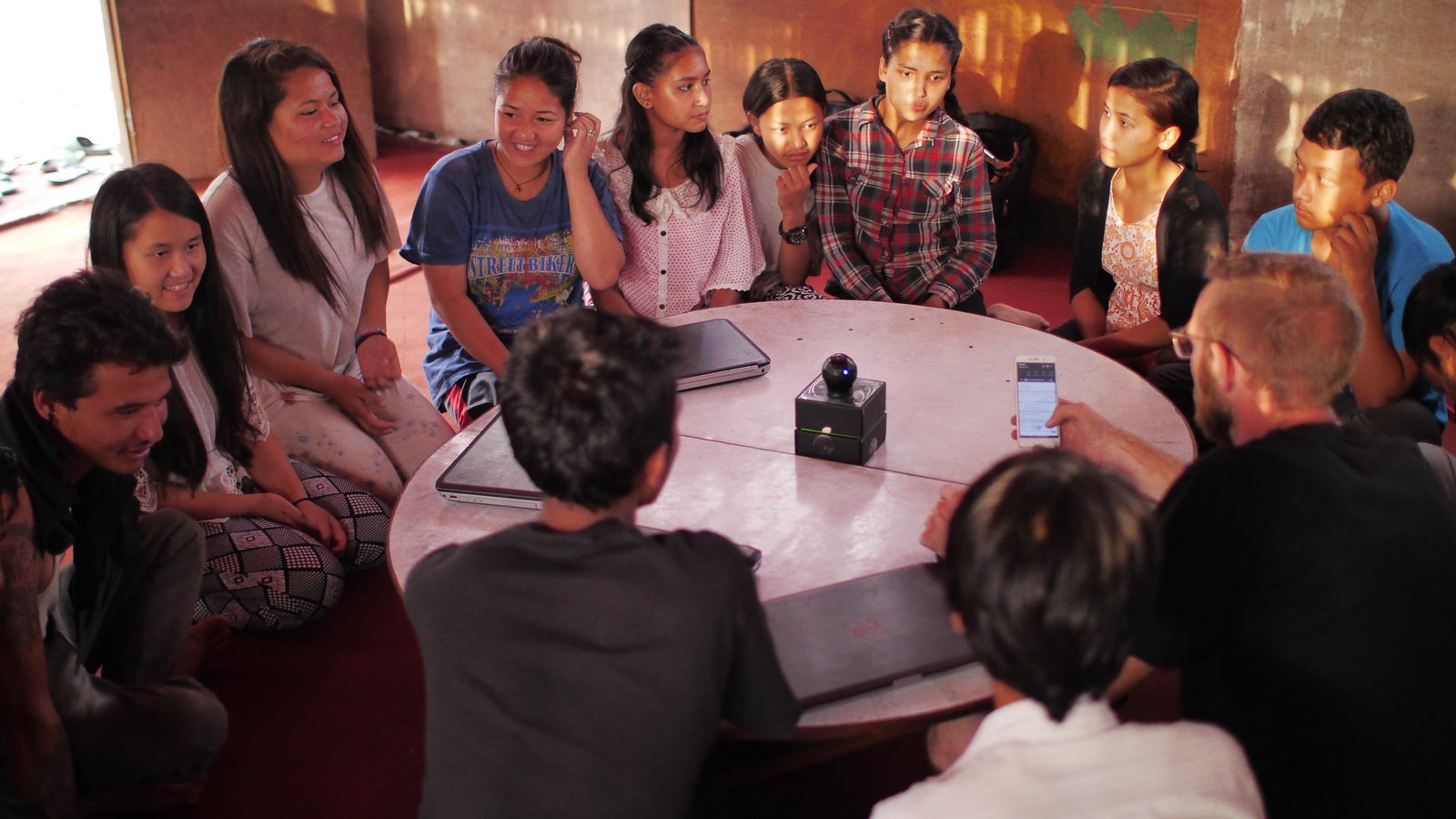
Sustainable Business Models
4 Pillars of Sustainability in Social Enterprises
“Sustainability” may be the most overused buzzword in the world today. If you turn on your TV right at this moment, you’ll probably end up finding business leaders, politicians or journalists mentioning this term. “Sustainable businesses“, “sustainable finance“, “sustainable energy“, “sustainable tourism“.. the list goes on and on. The thing is, most of the times this word is not even used appropriately, something that ultimately compromises and limits its credibility. So, what does “sustainability” precisely mean? And how do sustainable business models and social enterprises relate to each other?
“Sustainability” briefly defined
Sure, “sustainability” might sound like a complex matter. The recent proliferation of definitions made it even more difficult for people to get a clear understanding of this concept. Yet, it actually isn’t that hard to grasp, at least on paper.
We can trace back the term to the ’80s. As a matter of fact, in 1987 the United Nations Brundtland Commission published a report on environmental stability and economic development. The article focused on the importance of “meeting the needs of the present without compromising the ability of future generations to meet their own needs”. Here, a first, rough idea of the term “sustainability” was born.

Initially, the term was mostly associated to environmental and economic resources. Along time, however, it evolved further than that. Today, sustainability is indeed considered as a broader, holistic approach that recognizes, acknowledges and respects all the factors that are needed for lasting prosperity. Because of that, sustainability is possible as long as people, companies and/or institutions succeed to cause little or no harm to the ecosystems they operate in.
Sustainable business models: 4 Pillars
Sustainability is all about maintaining/protecting resources and causing no negative externalities when operating in a given context. Ultimately, sustainability relates to 4 distinct areas: people, environment, economic resources, culture. These are the so-called “4 Pillars”. In order to be considered sustainable, business models must simultaneously address, handle and look after all these aspects.
Social Sustainability
To begin with, social sustainability relates to people and human capital. Firms and institutions acting towards social sustainability usually seek to provide all individuals with access to universal human rights and to improve living conditions. In other words, they contribute creating healthier, fairer and more livable communities. That’s why this concept is often associated – among others – to topics such as health, wellness, safety, inclusiveness and community empowerment.

Environmental Sustainability
An intervention/program is considered “environmentally sustainable” when natural capital and environmental resources get preserved, maintained and not overexploited. Unfortunately, along time human actions often overutilized natural resources (soil, water, etc.) and compromised long-term stability of the environment. Under this perspective, all actors seeking environmental sustainability should carefully interact with the environment, avoiding degradation or depletion of its resources. This way, they mitigate their environmental footprints and allow ecosystems to recover and rejuvenate by themselves. Again, the ultimate goal here is to meet the current needs of populations causing no harm to the environment and not compromising the ability to fulfill the needs of future generations.

Economic Sustainability
Traditionally, economic sustainability has been the easiest to understand. Companies seeking economic/financial sustainability aim for profitability, by using efficiently their assets and maintaining their capital intact. For institutions, it’s all about not squandering economic resources when trying to improve the standards of life of local communities. Same goes for families and individuals. In light of that, economic sustainability may be narrowed down to this fundamental principle: carrying out both short-term and long-term interventions/activities without running out of money nor increasing debt.

Cultural Sustainability
Recently, the traditional “Triple Bottom Line” approach discussed so far (people, planet, profit) embraced new perspectives. As a matter of fact, in 2010 The Executive Bureau of UCLG approved the Policy Statement “Culture is the Fourth Pillar of Sustainable Development”. A fourth dimension to sustainability was here added.
Let’s be real. Culture definitely is among the most complex and abstract terms to grasp. Here, we embrace J. Howkes’ definition under which culture is described as the set of values, beliefs and aspirations of a given community. But there is more to that. We should include in the notion of “culture” also the tools/processes used to develop and share such values, as well as their tangible or intangible outputs and manifestations. Therefore, “cultural sustainability” only happens when those beliefs, processes and practices are protected, nurtured and not repressed. It’s indeed about maintaining culture as its own entity, perpetuating its intrinsic knowledge and characteristics from generation to generation.

When it comes to social entrepreneurship, sustainable business models are those that help social organizations incorporate and champion all four pillars of sustainability into their core activities.
Conclusion
In the past, unrestricted economic development negatively affected ecological health and social equity. Also, unrestrained economic interactions and exchanges among countries often lead to homogenized processes and undermined cultural identities. In contrast to that, the concept of “sustainability” came to light and gained popularity.
Therefore, in this article we tried to discuss what “sustainability” exactly means. We started with a definition, borrowed by UN Brundtland Commission. Then, we analyzed the four pillars of sustainability: people, environment, profit and culture.
In our opinion, it’s critical for firms to rethink the core logic of their businesses, in order to effectively incorporate all four dimensions into their processes and activities. In other words, they should seek economic/financial viability, while protecting local cultures and causing no harm to the environment nor to local communities. Being mission-driven by nature, we think social enterprises might have an advantage compared to traditional companies in making this shift happen. So, social entrepreneurs.. believe in yourselves, for this is your moment!
Did you like this article?
If so, then don’t forget to check out for more at Impact Jungle.
